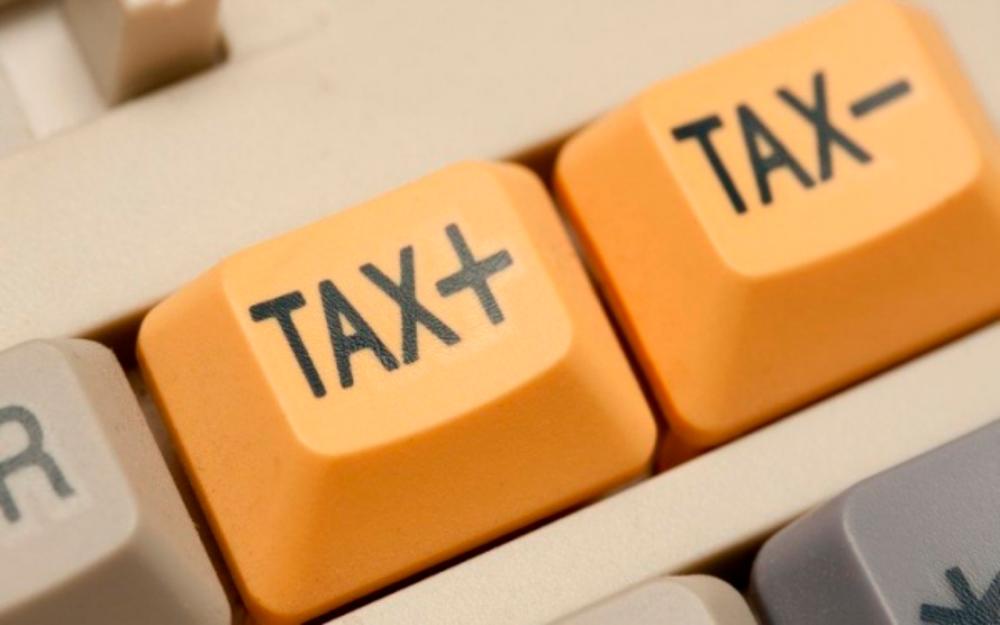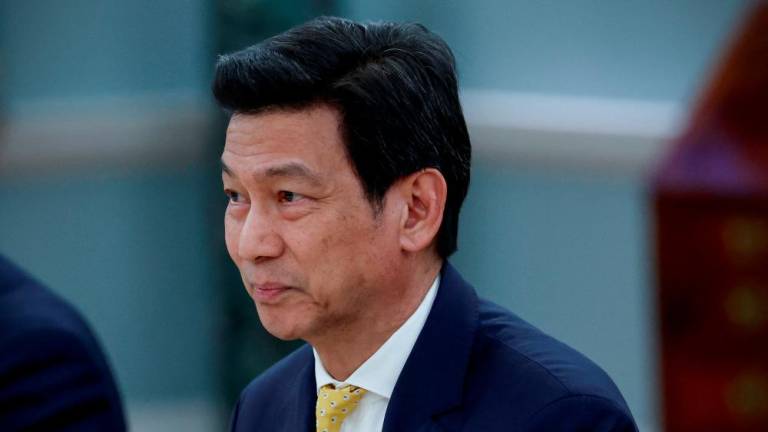PETALING JAYA: Malaysia’s government should focus on viable tax mechanisms, such as indirect tax, to raise revenue.
Barclays Corporate and Investment Bank senior Southeast Asia economist (director) Brian Tan highlighted that one of the ways to increase tax revenue is through indirect taxation, such as sales and services tax as well as goods and services tax.
He pointed out that one of the ways to prevent the rich or the T20 income group from avoiding or evading tax is through indirect taxation because this tax is tied to spending.
“If you spend, you get taxed, it's very difficult to avoid that .... (when) the higher income group spend more on luxuries, then that consumption is taxed.
“That is one big advantage of (indirect taxation). Of course, the problem is that it also affects the lower income groups,” Tan said during the MARC360: Pre-Budget 2024 Views Series 2 – Malaysia’s Long Story of Fiscal Consolidation webinar recentlu.
He noted that higher taxes or introduction of new taxes does not resonate well with taxpayers, particularly with the poor or the B40 income group.
However, he said that fo new measures to be accepted, government could offer cash handouts to offset effects of higher taxes.
According to Tan, the message the government should convey to taxpayers is that the primary aim of raising indirect taxes is for the rich to pay more. Even though the poor will be affected by the rise, the impact of higher taxes will be softened by cash handouts.
He said it is possible that the B40’s take-home pay could be higher under a new indirect tax regime than previously as income collected would be more than sufficient to pay for higher cash handouts.
“Ultimately, it will ensure that there is a little bit of redistribution, the (indirect tax) actually makes you better off, not worse off, and if you explain the math to people, they will understand”, he added.
The government has implemented cash handout schemes such as the Household Living Aid and Bantuan Keluarga Malaysia to assist the B40 group overcome the high cost of living due to increases in prices of goods.










